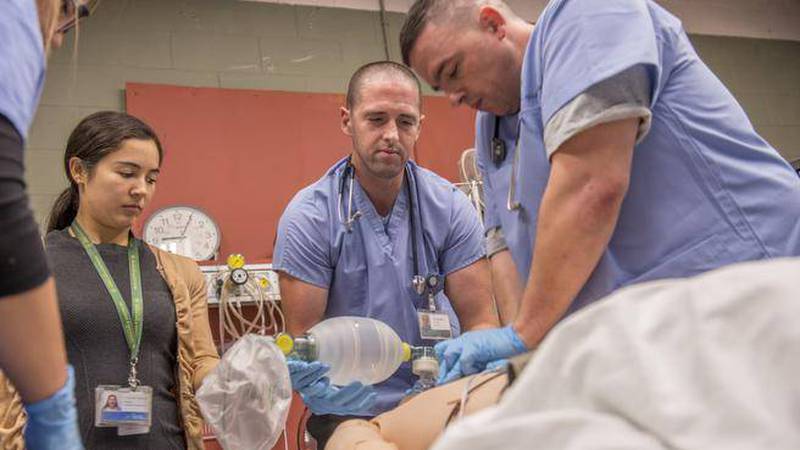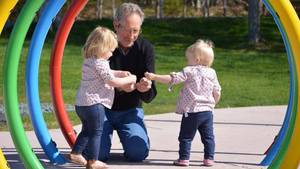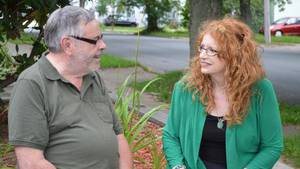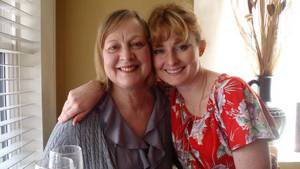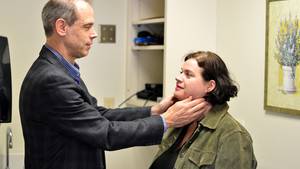There’s a lot of potential crammed into a former ambulance bay at the Charles V. Keating Emergency and Trauma Centre at the QEII Health Sciences Centre.
The Simulation Bay, or Sim Bay for short, is a jewel of the QEII’s Simulation Based Learning program.
Designed to provide a realistic medical teaching environment, the Sim Bay is heading toward a transformation that will turn the makeshift space into a state-of-the-art high fidelity simulation facility — as close to real life as possible. Once complete, it will play a key role in training various disciplines resulting in improved patient health outcomes.
The QEII Foundation raised $1.8-million to support this transformation as part of a simulation-based learning campaign.
“When the space is renovated, the sky is the limit for us. We’ve done great things with what we have and I know we can be so much better,” says Donna Warren, Simulation Coordinator, QEII Simulation Program. “If you’ve ever had a loved one who's been in hospital, and whose care has been exemplary, behind that is hours and hours of simulation and getting it right.”
Dr. Nick Sowers, medical director of the Sim Bay, works closely with various groups of learners at the QEII to direct simulations and offer medical oversight. He says the traditional medical philosophy of ‘see one, do one, teach one’ is quickly going by the wayside as simulation training proves its worth. Just one scenario provides crucial real-life training, and simulation training reduces the need for, and the risk of, experiential learning.
“By the time you’re a senior resident, the diagnosis and treatment is often not the hard part,” Dr. Sowers says. “One of the hardest parts is the ability to manage the room, to control yourself and stay calm; communicating effectively as a team during a crisis no matter how chaotic it is.”
Taking charge and leading a team of staff in an emergency can take years for most physicians to perfect, but now, thanks to spaces like the current Sim Bay, self-admitted quiet people like fourth-year resident Dr. Samantha Jang-Stewart can find their voice before graduation.
“My first year doing simulation was terrifying because you’re a little unsure and still learning the medical side of things and then you’re supposed to be directing a team of people,” Dr. Jang-Stewart says. “It’s really nerve-wracking but with practice in sim, you get used to doing it and become more comfortable and confident.”
This new-found confidence helped Dr. Jang-Stewart lead a team of residents to a first place finish at the Trauma Nova Scotia Simulation Olympics.
The pressure created in the room is no less than a real emergency situation and can be sprung on staff, just like a real-life scenario. Even the patient simulators used for training feature human-like qualities, including displaying neurological and physiological symptoms.
The ability to review a particularly tough real-life case through these hands-on training scenarios and to debrief the team’s response, offers great benefits for staff, says QEII Simulation Program lead Andy Howes.
“It’s a safe learning environment. Mistakes in a simulation lead to a learning opportunity,” Andy says.
Dr. Sowers agrees, adding that the opportunity to simulate critical high pressure scenarios in a safe environment is open to all QEII partner services and industry groups like search and rescue.
“That’s where the benefit is; we can make the room as hectic and chaotic as we want it to be. A lot of the time the work we’re doing is not about the details of the particular scenario, it’s more about learning how to control and organize yourself, so as a team you’re calm and able to effectively maximize patient care.”

